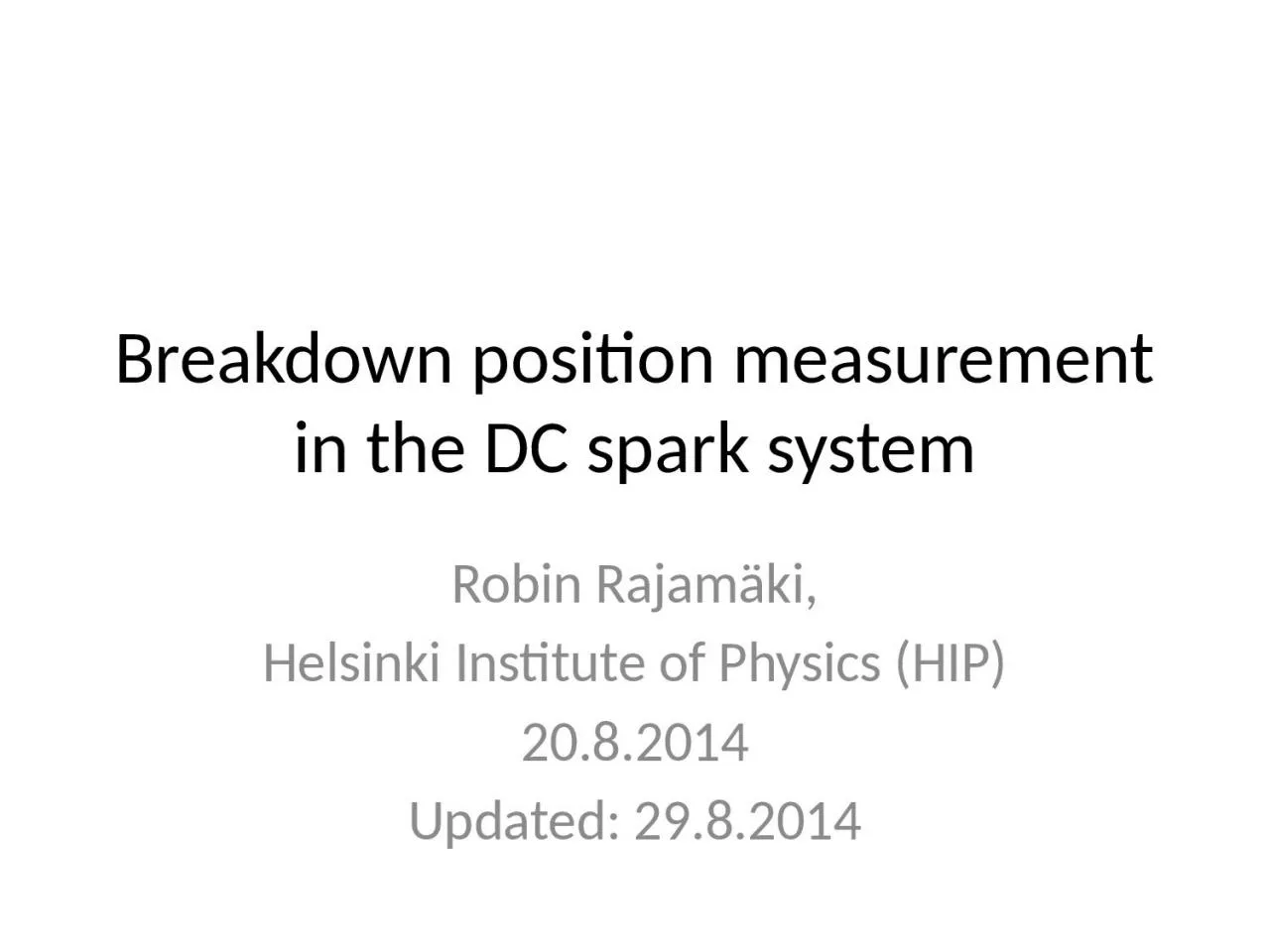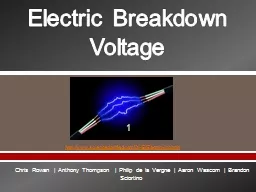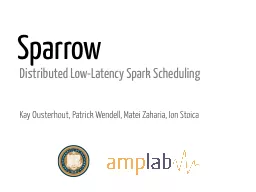PPT-Breakdown position measurement in the DC spark system
Author : sadie | Published Date : 2023-11-08
Robin Rajamäki Helsinki Institute of Physics HIP 2082014 Updated 2982014 Preface What Localize breakdowns in the Fixed Gap System FGS Why Information on position
Presentation Embed Code
Download Presentation
Download Presentation The PPT/PDF document "Breakdown position measurement in the DC..." is the property of its rightful owner. Permission is granted to download and print the materials on this website for personal, non-commercial use only, and to display it on your personal computer provided you do not modify the materials and that you retain all copyright notices contained in the materials. By downloading content from our website, you accept the terms of this agreement.
Breakdown position measurement in the DC spark system: Transcript
Download Rules Of Document
"Breakdown position measurement in the DC spark system"The content belongs to its owner. You may download and print it for personal use, without modification, and keep all copyright notices. By downloading, you agree to these terms.
Related Documents














